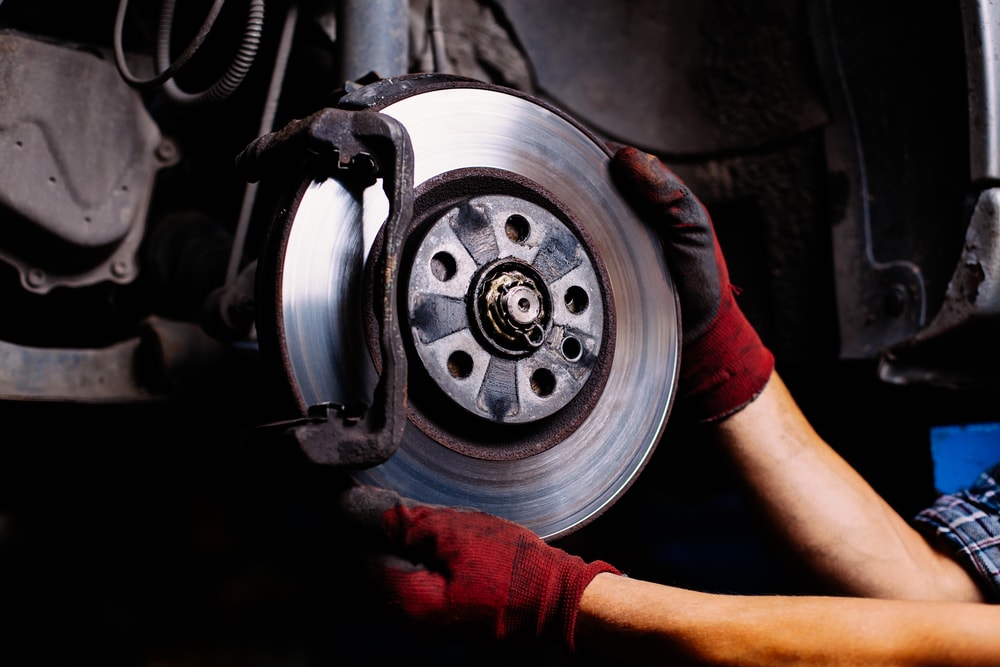What You Should Know About Anti-Lock Brakes
If someone cut you off or because a chicken decided to cross the road, all drivers will suddenly have to hit the brakes to avoid crashing. In these situations, anti-lock brakes can make the difference between a mere scare and a catastrophic accident. Have you ever felt vibrations in the steering wheel or brake pedal when suddenly hitting the brakes? Unless your car is extremely old or poorly maintained, these vibrations are most likely the ABS making sure that you do not skid and lose control.
What is the Meaning of ABS?
In the automobile world, ABS stands for Anti-lock Braking System. It prevents wheels from becoming static when breaking so drivers can stop the car faster and steer away from obstacles like cars, pedestrians, or deer that suddenly appear on the road.
What Does ABS Do?
The main point of an anti-lock brake system is to prevent skidding. It happens when wheels lose traction, and the car doesn’t stop. Traction loss is prevented by avoiding the sudden deceleration of tires that occurs during emergency braking.
How Does ABS Work?
Anti-lock brake systems work by preventing abrupt wheel decelerations. The basic principle is ensuring that wheels brake more or less at the same speed as the car. Sensors located in all wheels monitor their rotation speeds. When it detects that some tires are suddenly rotating slower than others as a result of brake-slamming, it will reduce pressure on each tire’s braking system. Thus maximizing braking efficiency and making skidding much less likely and more controllable.
What is the Best Way to Brake?

Knowing your car and keeping it well maintained is the best way to ensure that brakes will work properly. Nobody wants to realize that there is something wrong with their brakes while doing 60 mph on a freeway, so regular maintenance is the first step to proper braking. If the ABS light your dashboard is on, your braking system needs immediate attention. The second best way to brake is to drive within the speed limits and be extra careful on wet or icy roads. The faster your car is going, the longer it will take to come to a full stop, and the more likely you are to have to slam the brakes if something comes up.
Moreover, smooth braking is the best form of braking. The best way to do it is to let go of the throttle a few seconds before braking and start doing so early but steadily when approaching intersections and red lights. Leaving enough space between your car and the car in front of you will make brake-slamming less likely.
If you are driving a car equipped with ABS and need to do an emergency stop, bringing the brake pedal to the floor is the best way to come to a full stop as the anti-lock brakes will ensure the car does not skid. Do not get scared and let go if you feel a bit of resistance or vibrations. That means the ABS is doing its job.
Another great way to stay safe on the road is to get high-quality auto insurance. Cost-U-Less can help you find the perfect coverage for your needs and budget. Start your free California car insurance quote online, over the phone, or at one of our offices near you.


